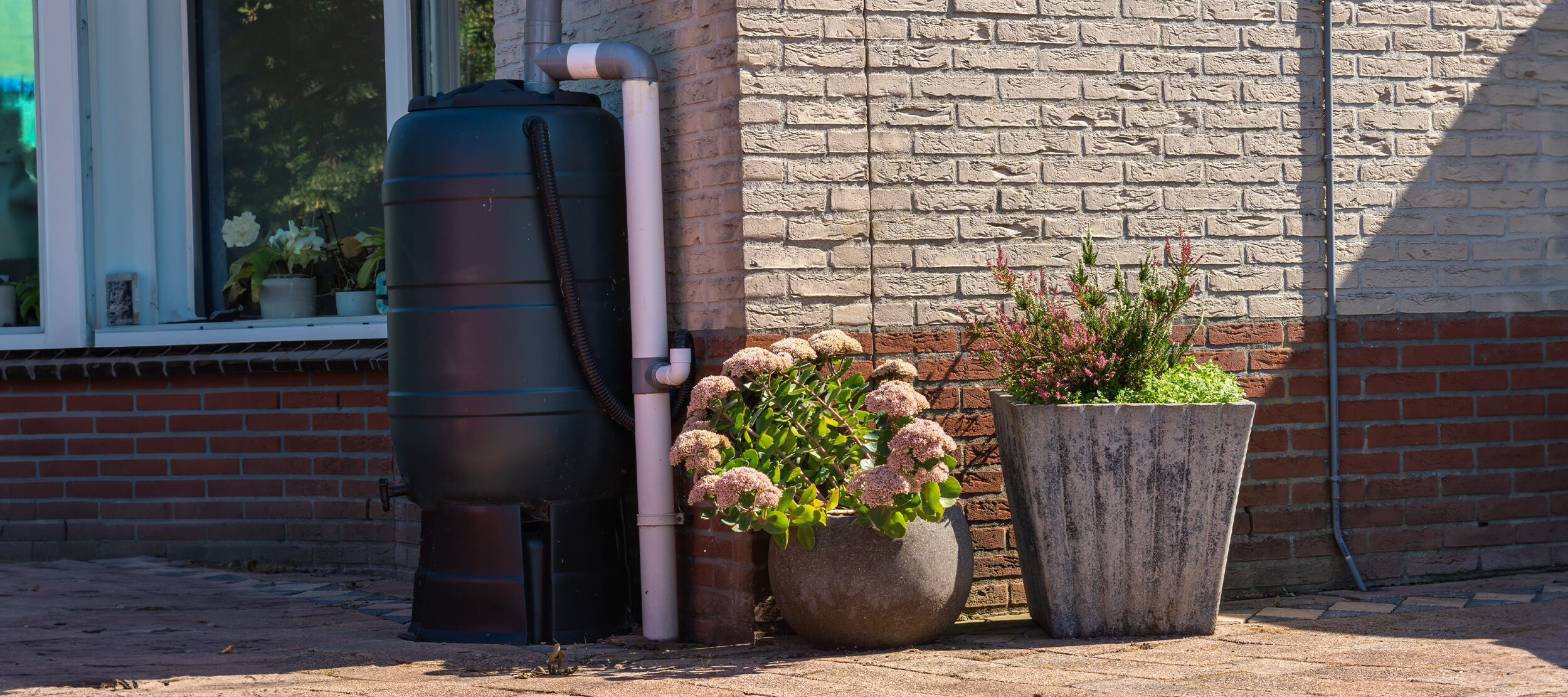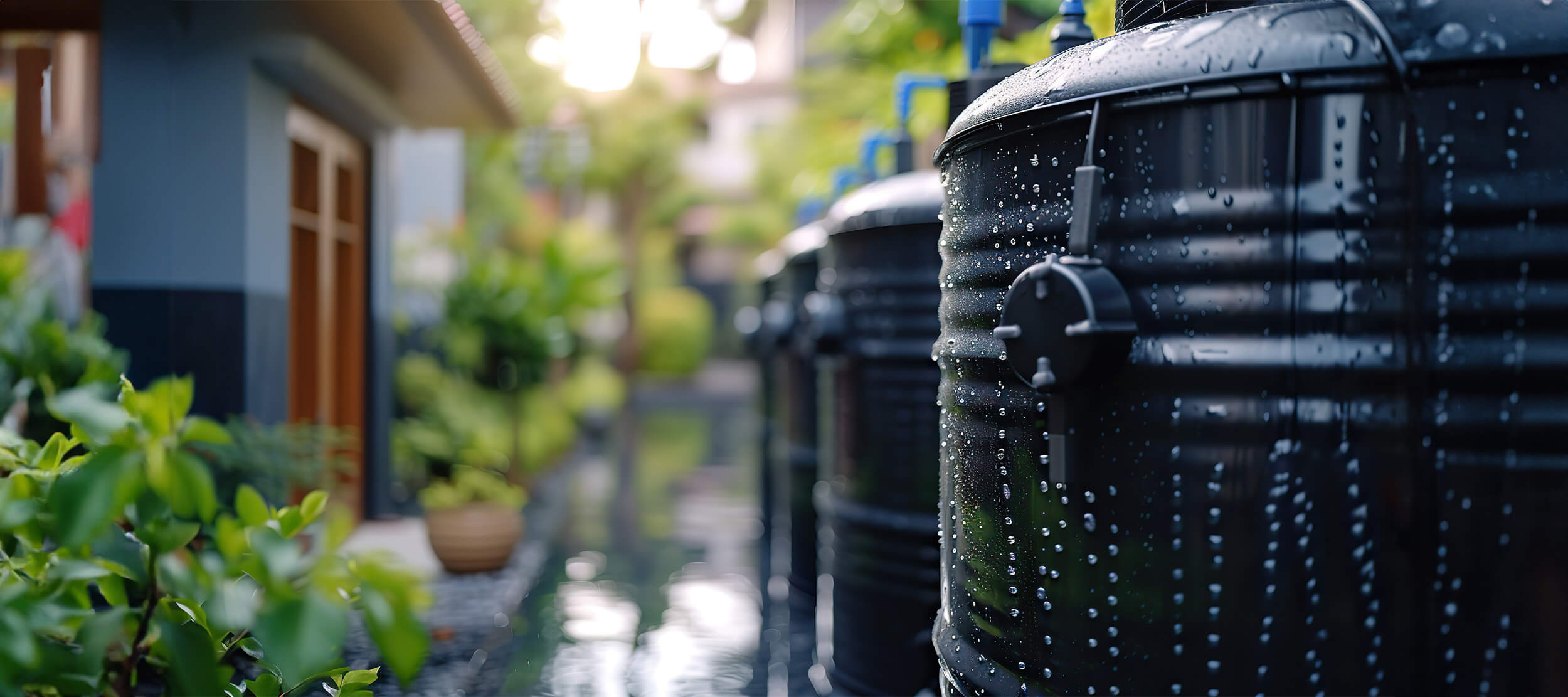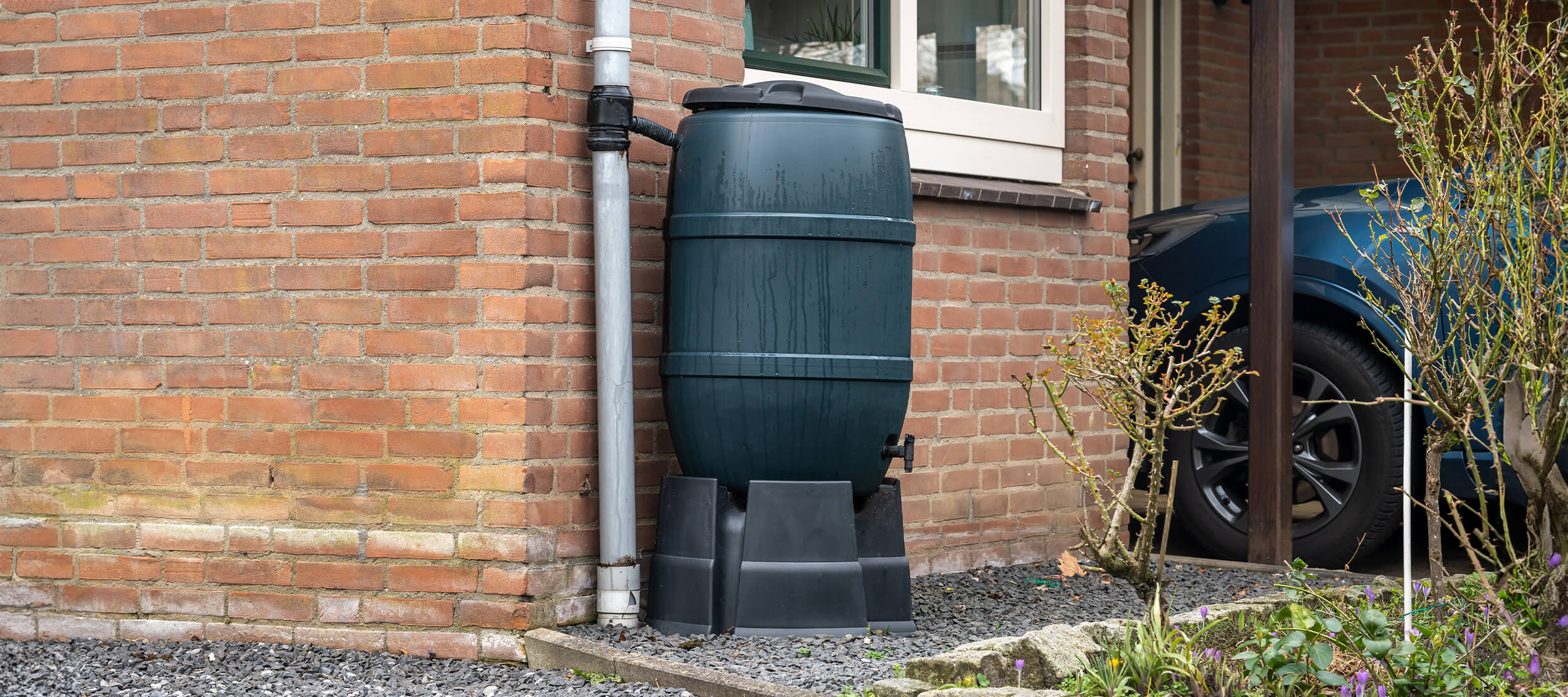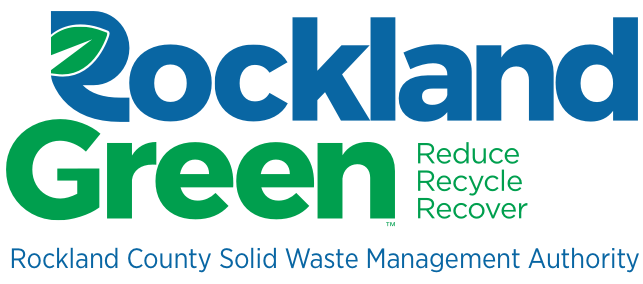August 14, 2024
Collecting rainwater in barrels can save you money on your water bill if you use this natural resource to water your lawn, plants, and garden. You’d also be reducing your ecological footprint and helping Rockland County conserve its limited water supply.
We’ll take you through the basics of setting up and using a rain barrel, and provide tips for optimizing the easy rain harvesting process.
Why Use a Rain Barrel?
- Save Money
Rain barrels can cut down on your water bills, especially if you use the collected water for garden irrigation or other non-potable uses.
You can even save money on a Rockland County rain barrel! Purchase a new 55-gallon rain barrel through Cornell Cooperative Extension of Rockland and receive a $50 rebate (saving you over 60%!). Call to order at (845) 429-7085 or click here (one barrel per account). - Support Rockland County’s Environment & Resources
Consider using a rain barrel to help minimize our county’s waste stream. Collecting and using rainwater will also help lower the demand on municipal water supplies. Moreover, rain barrels can help:
- Reduce stormwater runoff and the burden on local stormwater systems
- Reduce water pollution and save energy at water treatment facilities
- Prevent soil erosion
- Plant Health
Did you know that rainwater is often softer and more nutrient-rich than tap water, making it better for plants? It’s also free of chlorine and other water-treatment chemicals commonly found in municipal water.

Choosing the Right Rain Barrel
- Material
Rain barrels are made of various materials, including plastic, metal, and ceramic. Plastic barrels are popular because of their durability and lightweight properties. Make sure the barrel you choose is food-grade or designed specifically for rainwater collection to avoid leaching harmful chemicals.
Rockland County’s rain barrels are made of BPA-free plastic from recycled content and have a UV stabilizer to resist deterioration from sunlight. - Size
Barrels typically range from 50 to 100 gallons. Consider your outdoor space, water needs, and the average rainfall in your area. Larger barrels hold more water but may be heavier to move and position.
We offer 55-gallon barrels (208-liter capacity) with the option to link an overflow hose to another SYSTERN rain barrel. - Design
Some barrels come with built-in spigots for easy water access and mesh screens to filter out debris. Look for features that suit your needs and simplify maintenance.
Our barrels come with a contoured spigot and mosquito mesh to keep bugs and leaves out, and they easily accommodate existing downspouts.

How To Install a Rain Barrel
- Location
Place your barrel under a downspout from your roof. Make sure it’s level and stable. Elevating the barrel on a stand or platform can improve water flow and ease of access. - How To Connect Drain Pipe To Rain Barrel
Make sure your gutters are clean and in good condition. Install a diverter or a flexible downspout extension to direct water into your barrel while keeping debris out. It’s important to regularly maintain gutters and downspouts to prevent blockages. - Overflow and Maintenance
Install an overflow hose or pipe to redirect excess water away from the foundation of your home. Clean your barrel periodically to prevent algae growth and mosquito breeding. Adding a mosquito net or screen to the top of the barrel can also help keep insects out.
Using Collected Rainwater
- Garden Irrigation
Rainwater is excellent for watering lawns, vegetable gardens, and flower beds. You can use a soaker hose or watering can to apply the water where it’s needed most. - Outdoor Cleaning
Rainwater is soft and less likely to leave mineral deposits, so it can be used to wash cars, outdoor furniture, and pathways.

Tips for Barrel Efficiency and Maintenance
- Consider Using a First Flush Diverter
A first flush diverter can help ensure that the initial flow of rainwater, which might contain contaminants from your roof, is diverted away from your barrel. - Monitor Water Levels
Keep an eye on your barrel’s water level, especially during dry periods. Consider installing a gauge or a simple float indicator to help you monitor. - Winterize
In colder climates, disconnect and drain your barrel to prevent freezing and cracking. If possible, store it in a sheltered location. - Test and Treat
Periodically test the water quality if you’re using it for more sensitive applications.
Collecting rainwater in barrels is a simple and effective way to contribute to environmental sustainability in Rockland County while enjoying practical benefits at home. To order a rain barrel, click here!
